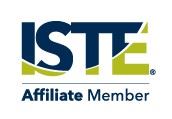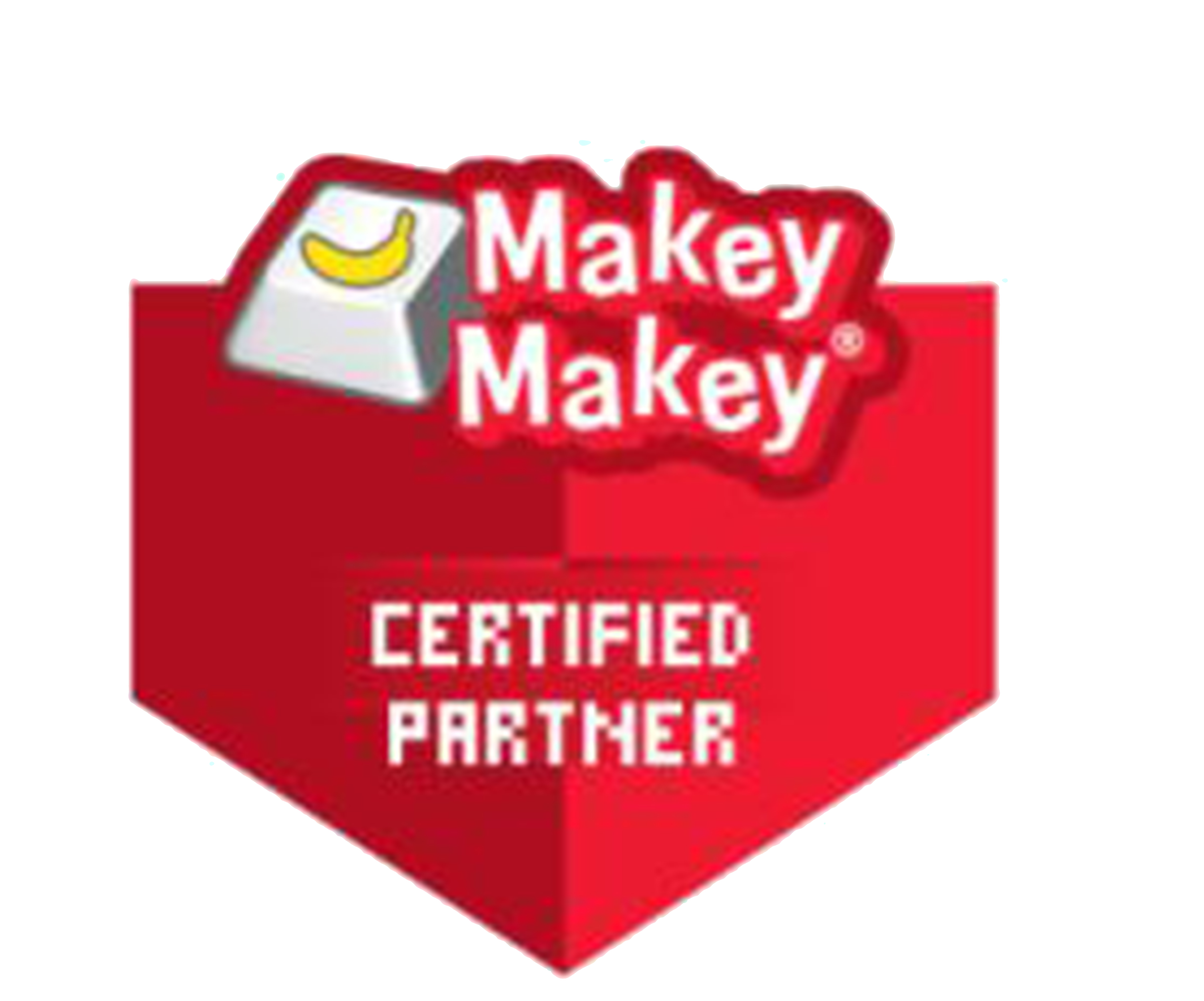Innovative MindsMSET welcomes member and guest blog submissions from teachers, school leaders, and district level leaders highlighting innovative practices by educators across the state. MSET's Blog "Innovative Minds" looks for pieces that inspire innovative teaching, leading, and learning. |



